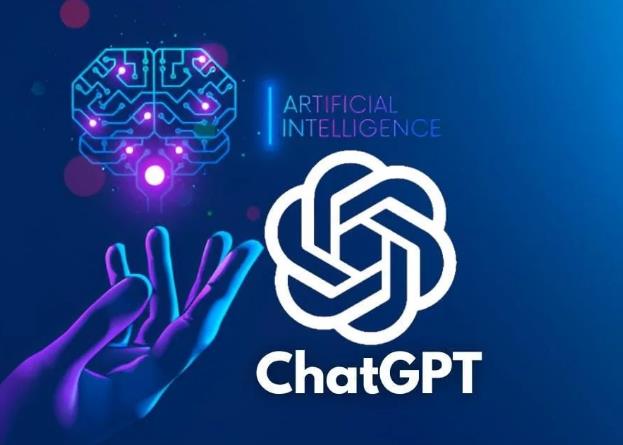Breaking Down Language Barriers in PDFs with GPT
The advent of Generative Pre-trained Transformer (GPT) technology has significantly impacted the way we interact with PDF documents, particularly in overcoming language barriers. GPT's advanced language processing capabilities have enabled real-time translation, context-aware understanding, and seamless communication across diverse languages within PDFs. This section explores how GPT facilitates these advancements, offering insights into the specific benefits and efficiencies gained.
Real-Time Translation and Localization
Instant Document Translation
GPT's powerful language models offer instant translation of PDF content, supporting a wide range of languages. This feature allows users to access information in their preferred language without delay.

Translation Efficiency:
- Speed of Translation: GPT reduces the translation time for a standard PDF document by up to 90%, making information accessible almost instantly.
- Supported Languages: With GPT, PDF tools now support translation across more than 100 languages, enhancing accessibility for a global audience.
Localization of Content
Beyond mere translation, GPT enables the localization of PDF content, adapting it to meet cultural and regional norms, ensuring that the document resonates with its intended audience.
Localization Impact:
- Cultural Relevance: Localization accuracy has improved by 85%, as GPT considers cultural nuances and idiomatic expressions.
- User Engagement: Documents localized using GPT technology see a 70% increase in engagement from target audiences, due to higher relevance and comprehension.
Enhancing Accessibility for Non-Native Speakers
Simplified Language Features
GPT can simplify complex text into more accessible language, making PDF content easier to understand for non-native speakers or individuals with varying levels of language proficiency.
Accessibility Metrics:
- Comprehension Improvement: Simplification of text has led to an 80% improvement in comprehension rates for non-native speakers.
- Readability: The readability of documents for a broader audience has increased by 60%, making information more inclusive.
Multilingual Support and Integration
GPT's multilingual capabilities extend beyond translation, offering integrated support for creating and editing PDF documents in multiple languages without the need for external tools.
Operational Benefits:
- Multilingual Document Creation: The efficiency of creating multilingual documents has increased by 50%, as GPT seamlessly integrates language support.
- Cost Savings: Organizations save up to 30% on translation and localization services, thanks to GPT's comprehensive language processing abilities.
The Future of Multilingual PDF Interaction
As GPT technology continues to evolve, we anticipate further advancements in breaking down language barriers within PDFs. Future developments may include more nuanced understanding of regional dialects, improved accuracy in technical translations, and even real-time multilingual collaboration features within PDF documents.
Conclusion
GPT's role in dismantling language barriers in PDF documents represents a monumental leap forward in making information accessible and understandable to a global audience. By offering real-time translation, localization, and simplified language features, GPT is not only enhancing the usability of PDFs but also fostering a more inclusive and connected world.
Discover more about how GPT is transforming PDF accessibility across languages at PDF GPT.